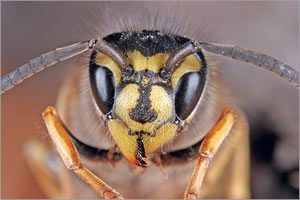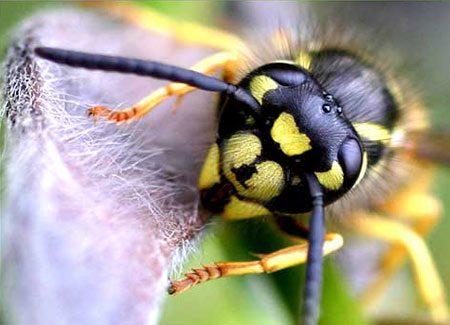Science has repeatedly demonstrated that yellowjackets (scientific name Vespula vulgaris) do not communicate with one another, yet they are capable of collaboratively building and maintaining a complex, sustainable nest across multiple generations.
 So how is this possible? In a recent study, biologist Istvan Karsai from East Tennessee State University in Johnson City, Tennessee (USA), and his colleagues revealed that these wasps perform their tasks based on the amount of water present in the nest.
So how is this possible? In a recent study, biologist Istvan Karsai from East Tennessee State University in Johnson City, Tennessee (USA), and his colleagues revealed that these wasps perform their tasks based on the amount of water present in the nest.
The team of experts noted that in most social insect species (such as bees, ants, and termites), each member within the colony has some form of connection with one another, allowing them to communicate about food sources, alert one another to threats, or signal emergencies using complex dances or pheromones.
However, yellowjackets, being less intelligent, cannot communicate in either of these ways. Instead, they modify their behavior by monitoring the water levels within the nest. To gauge these water levels, they exchange fluids with one another through physical contact with other nest mates.

NGUYEN SINH


















































